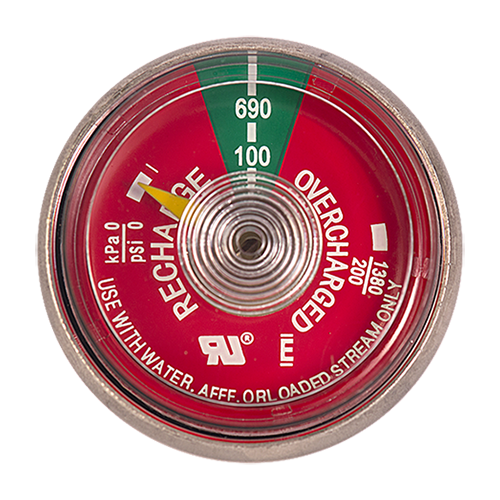Fire Extinguisher Charging
Homeowners
Bring your fire extinguishers into our office to be recharged and serviced any time, no appointment necessary!
Business Owners
There is no need to schedule an appointment or remember to bring in your equipment. Call us to set up a fire extinguisher service with Tyler Fire and one of our technicians will come to you when it’s time for service.
There are so many stories of people trying to fight a small fire with a portable extinguisher that is not charged (even if it was never used).
Business owners must understand the importance of fire extinguisher recharging. This process is an important aspect of fire extinguisher service and maintenance.
Why do fire extinguishers need to be recharged?
Fire extinguishers need to be recharged after each use. Even when the extinguishing agent was not completely discharged, the extinguisher needs to be serviced in order to make sure it’s ready for its next use. A minimal discharge will usually result in leakage and an eventual loss of pressure.
Fire extinguishers need to be recharged periodically, even when they haven’t been used. The NFPA 10 code standard for portable fire extinguishers and manufacturer’s service guidelines require periodic internal examination and recharging. Most stored pressure dry chemical fire extinguishers require internal examination and recharging at six and twelve years from the date of manufacture noted on the extinguisher.
Extinguishers need to be internally examined or recharged when dropped damage or other environmental factors that may result in them becoming depressurized.
How to check a fire extinguisher gauge
Perform a quickfire extinguisher inspection at least once a month and be sure to check the pressure gauge. The gauge will tell you whether the unit is undercharged or overcharged.

The fire extinguisher recharging process
This is not a “How-to” guide for how to recharge a fire extinguisher, but an overview so that you can understand the process.
- First, the extinguisher is completely depressurized and the agent removed from the cylinder.
- The discharge valve is removed from the cylinder.
- The siphon tube is removed from the valve and the valve stem and spring is removed.
- The technician cleans the valve, replaces the valve neck o-ring and visually inspects the unit internally and externally for signs of damage.
- Once cleaned the valve is reassembled with a new valve stem installed to ensure proper seating and avoid future pressure loss.
- The extinguishing agent (water, carbon dioxide, dry chemical, etc.) is refilled by weight to the appropriate amount for the size of the unit and as specified in the recharging instructions for that unit.
- The unit is re-pressurized with the appropriate pressurizing gas and to the required pressure for that unit as noted on the recharging instructions.
- The technician completes a Leak Test to check for signs of leakage and re-installs the discharge nozzle or hose.
- The extinguisher is weighed again to confirm that the total weight is within allowable tolerances indicated by the manufacturer.
- A new tamper seal is installed on the safety pin and a new recharge tag is attached to the unit with each tag indicating the unit total weight and the identity of the technician completing the work.
